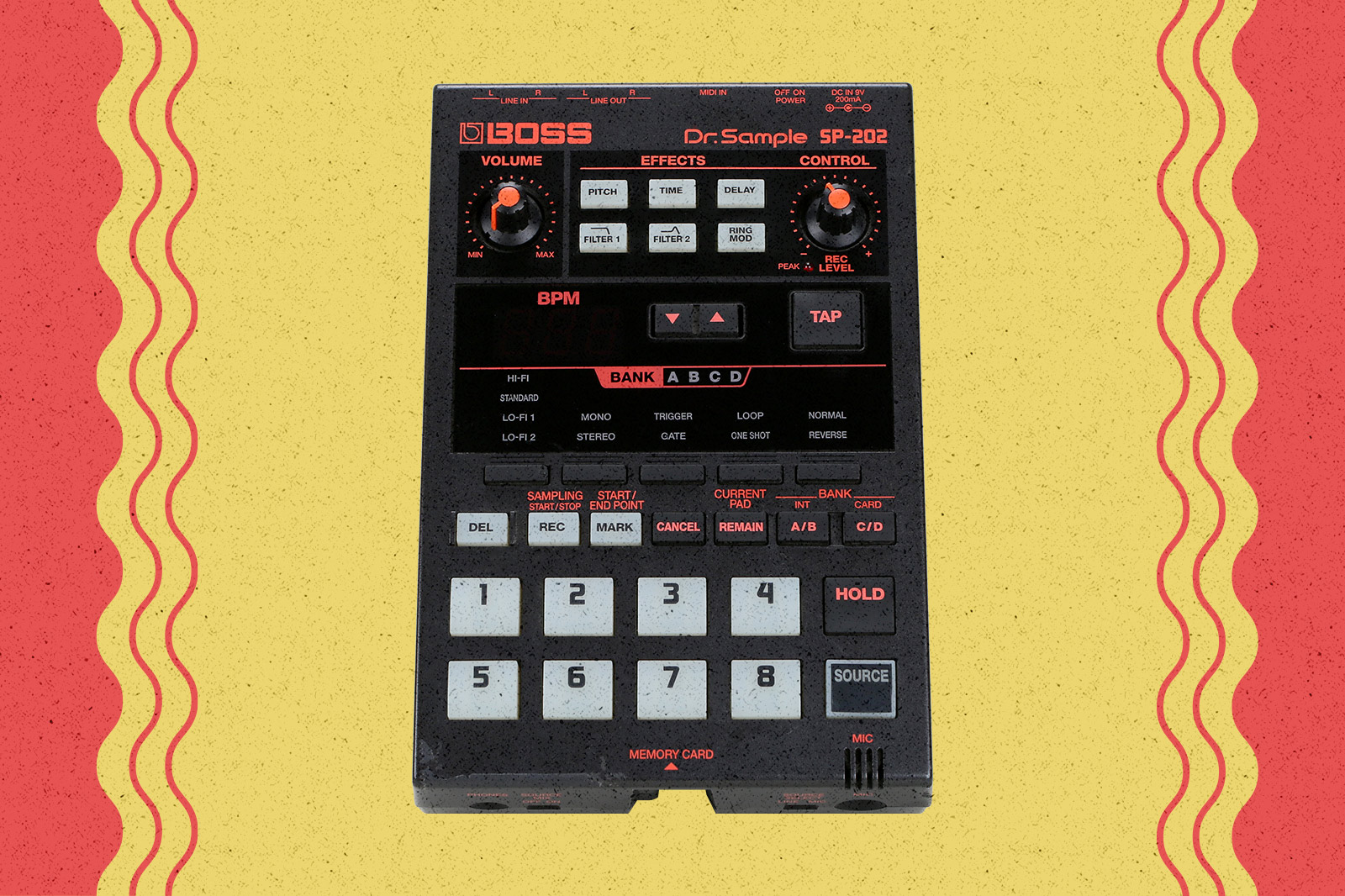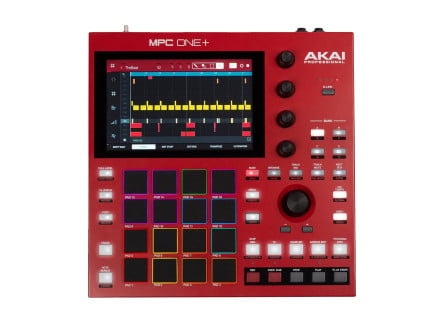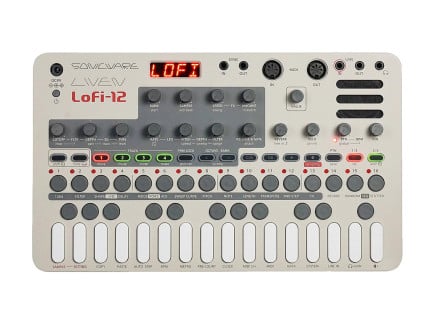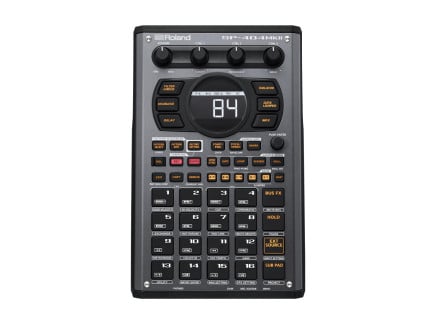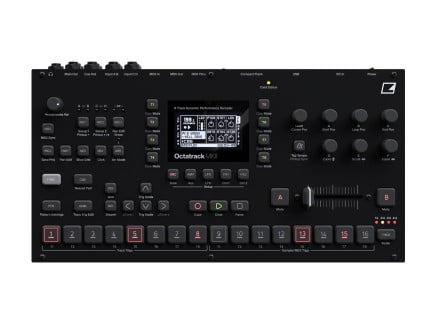Whether you realize it or not, you’ll already have heard breakbeats. The most commonly accepted definition of such a thing traditionally involves the use of recorded drum patterns that are found in sections of songs when most (if not all) of the other music drops out. In other words, the "break" in the track where a drum solo takes place.
Historically, upon the development of turntablism and the introduction of digital hardware sampling techniques, these breaks have been sampled, chopped, flipped, mangled, and generally re-used by an innumerable number of artists to provide spice and interest to creations across a multitude of genres—a practice that continues into the present.
Origin and Evolution
Nowadays, there’s a bit of a routine habit for musicians in bands to mock the idea of a drum solo. You can’t let those pesky drummers get above their station, after all. But in the '70s, those particular sections of a song were often hotly anticipated, breaking up the melodic portions, and providing revellers an up-tempo chance to dance at full pelt. Turntable wizards began to take notice of this enthusiasm, and deployed it to their advantage by taking two different decks running the same record simultaneously: a trick that effectively allowed them to loop the breakbeat indefinitely and extend the partying. This technique is credited to DJ Kool Herc; and it helped bring about the formation of hip hop as a cultural phenomenon. By taking these rhythmical interludes and repeating them—often at a slower tempo than before—they provided the perfect base for MCs to spit and rhyme over.
Creative use of cassette tapes allowed for interesting possibilities, but the real game changer came with the arrival of relatively affordable samplers such as the MPC-60 (pictured above). Forged from a collaboration between Roger Linn and Akai, these types of devices provided much quicker access to features such as pitch-shifting and the ability to chop up and play back different sections of a beat, spread across the now famous 4x4 grid layout. While these devices were originally intended to sample, play back, and sequence simple one-shot sounds, ambitious artists used them to sample short sections of songs in order to create entirely new music. No longer tied to the physical limitation of turntables, samples could be flipped in previously unheard of ways—and the use of breakbeats exploded.
While hip hop may well be the first genre that springs to mind when you think of breakbeats, it is by far the only one in the family. Entire genres and sub-genres within the world of electronic music were built upon the technique, with "breakbeat" becoming a kind of umbrella term for a variety of different styles based on a common use of rhythmical samples. Emerging in the '90s dance scene, Jungle is perhaps one of the most obvious of these, a scene that involved chopping up the rhythms into small parts, speeding them up, and re-arranging them into rapidly changing, different patterns. This provided an entirely different, and very distinctive signature sound, driven by the unique and idiosyncratic workflow offered by trackers such as OctaMED.
Them’s the Breaks
Despite the seemingly endless number of tracks out there that could be mined for breakbeats, there are a number of particularly well known examples that demonstrate both their enduring popularity, and their versatility.
Amen, Brother
The most famous breakbeat of all is almost certainly the "Amen Break." Taken from "Amen, Brother" by the Winstons, this 1969 four-bar wonder is often associated with Jungle, but has been deployed to great effect—in various forms—across genres. One of the most famous examples of this lies in N.W.A’s Straight Outta Compton, but it has also appeared in tracks such as Pulse of the Maggots by Slipknot, and Sine from Above by Lady Gaga/Elton John.
Funky Drummer
Another famous breakbeat with a storied history is taken from James Brown’s aptly-named 1970 track "Funky Drummer." Looking through the number of artists that have utilized this particular beat is like a who’s who of music legends, with N.W.A, Dr. Dre, Public Enemy, Run-DMC, George Michael, and many…many others on the list.
Legality
In another life I might well be a lawyer of sorts, but what I am about to say here certainly shouldn’t be taken as legal advice. However, you can’t really bring up the topic of sampling without at least mentioning the question of legality—particularly given the prevalence of the technique in music production.
It may well seem like the use of breakbeats is somehow exempt from copyright, given how often something like the Amen break has been used...but that isn’t the case (and in fact, the rights holders of the world’s most famous breakbeat reportedly never received any royalties…). While the situation will naturally vary depending on the jurisdiction, and you may well be unlikely to ever run into any problems, you have to assume that the use of any breakbeat will require clearance.
The calculation may well be different for those of you just bashing out tracks for fun in your bedroom, but if you’re in the business of producing music professionally or releasing it online, this is something that you will obviously need to investigate and consider seriously—even if you make use of sample libraries which in theory should be "safe." The list of well-known producers and rappers that have been on the other end of a lawsuit as the result of uncleared samples would be enough for a whole series of articles in of itself, so proceed with appropriate caution if interested in exploring this particular path.
That in mind...let's tell you how to do it, anyway.
Breaking Beats Today
Copyright concerns aside, there has never been an easier time to chop up beats—whether they come from old vinyl records, YouTube, or from a recording of a friend’s band—and there is now a raft of different hardware options available that provide tools to make the process easier. So easy, in fact, that it might even feel a bit like cheating.
The most obvious and prominent of these come from Akai. That name that has become synonymous with sampling since the early days. Their current product range includes various offerings at a range of price points. For example, the MPC One+, which provides an affordable entry into the famous world of 16 pads, complete with all of the modern niceties such as non-destructive chopping, quick editing via the touch screen, etc. Those who want a more portable device could opt for the MPC Live II with its built-in speaker and battery, and if you are looking for the power of an MPC but with an Ableton style clip launcher to arrange your loops, the Force is hard to beat. It’s actually my main go-to for such tasks. Oh, and there’s always the recently discontinued MPC X for the most dedicated of beatmakers, with its impressive array of dials and knobs to quickly edit and perform on the fly. I still have my eye on one, but not quite sure where I’d put it in the studio.
If you’re not a fan of the MPC style workflow, there are plenty of other possibilities out there as well. The SP-404 MK II is one of the most popular among the lofi hip-hop crowd, and packs in a dizzying array of features in a portable, rugged package. Elektron’s Octatrack is well-known as a sample-mangling powerhouse, though the budget-friendly Digitakt can also do some pretty crazy things with breakbeats once you begin to explore conditional triggers. It’s also not quite as mind-bending to try and understand.
For those of you that want to recapture some of that sweet '90s Jungle magic, the Polyend Tracker and Tracker Mini both provide a dedicated hardware recreation of the old-school horizontal scrolling Amiga flavor—allowing multiple per-step changes. I am a self-confessed tracker junkie, and get a real sense of joy seeing the values fly past.
Expanded Concepts & the Future
Slicing up drum patterns into chunks and putting them back together in different places has proven to be an endlessly inspiring way to construct elaborate new beats that may often prove difficult or even impossible for a drummer to reproduce. However, the technique isn’t limited to the percussion section. Over time, it has expanded from the use of simple breaks to chopping up full melodic portions of arrangements with the possibility for mind-blowing results. One of my personal favorite examples of this comes from legendary Detroit producer J Dilla, in the form of Donuts. If you haven’t heard this album already, you have to. Right now. Seriously, stop reading this and go listen.
It is worth noting that while cutting up breakbeats is a lot of fun, you don’t have to make use of old samples or vinyl records to get something out of it though. The same approach can be used to great effect for remixing or developing your own tracks in ways that you might never have considered otherwise. Grab your stems or full productions and chop them up using your sampler of choice, twist the tempo, lay out sections in a different order, reverse portions, and see what new compositions you can come up with. It’s a really effective trick to help stimulate your creativity and provide inspiration—and one that I find myself regularly deploying when I end up stuck in a rut.
The story of breakbeats is a pretty fascinating one, and I can barely scratch the surface in a short article such as this. However, what is clear is that it remains a hugely influential force, and provides possibilities for modern music producers that are still ripe to tap into. If you’ve never played about with breakbeats before, take this as a sign.
[Be sure to check out Stephen Mcleod Blythe's recent article on Signal all about Vinyl Sampling Workflows for additional thoughts on how this can all come together.]

